At Krichel Animal Hospital in Keokuk, Iowa, we know that the idea of your pet needing surgery can be unsettling. As a pet owner, you’re likely balancing a deep concern for your pet’s well-being with the uncertainty that comes with medical decisions. Our role is to support and guide you through the process—clearly, compassionately, and with your pet’s best interests at heart.
Whether it’s a routine spay or a complex orthopedic repair, our veterinary team is here to ensure you feel informed and confident before, during, and after your pet’s surgical procedure.
Why Surgery? When Medical Management Isn’t Enough
Veterinary surgery plays a vital role in treating conditions that medications alone can’t resolve. From removing life-threatening blockages to correcting painful orthopedic injuries, surgery can dramatically improve—or even save—your pet’s life.
It’s important to remember that surgery is a treatment tool, not always a cure. In many cases, it’s part of a broader care plan aimed at improving your pet’s comfort, function, and long-term health.
Common Pet Surgeries and What to Expect
Let’s walk through some of the most common surgical procedures performed in our hospital—and what you, as a pet owner, can expect at each stage.
1. Spaying and Neutering
- Purpose: Surgical sterilization to prevent reproduction.
- Benefits: Reduces the risk of mammary and testicular cancers, eliminates the risk of pyometra (a life-threatening uterine infection), and can reduce undesirable behaviors such as roaming and marking.
Post-Op Tips:
- Keep your pet calm for 10–14 days.
- Monitor the incision for swelling or discharge.
- Use an e-collar if necessary to prevent licking.
Learn more at Spay or Neuter Resources – AAHA.
2. Mass Removals
- Purpose: Removal of growths, lumps, or tumors—benign or malignant.
- Diagnostic Tools: Fine needle aspirate, biopsy, and histopathology help determine if a mass is cancerous.
What to Expect:
- Surgery may be curative or diagnostic.
- Recovery depends on the mass location and complexity of the removal.
For more, visit Types of Cancer in Pets – AAHA.
3. Dental Extractions
- Purpose: Remove broken, infected, or loose teeth that cause pain or lead to systemic infections.
- Signs of Dental Disease: Bad breath, drooling, reluctance to chew, pawing at the mouth.
Aftercare:
- Provide soft food for 7–10 days.
- Administer pain medication and antibiotics as prescribed.
- Schedule follow-up for a dental recheck.
More info: Diagnosis and Treatment of Fractured Teeth – Today’s Veterinary Practice.
4. Foreign Body Removal
- Cause: Ingesting items like toys, socks, bones, or string.
- Symptoms: Vomiting, abdominal pain, loss of appetite, lethargy.
Surgical Need: When endoscopy isn’t possible, abdominal surgery is required to retrieve the object and repair damaged tissue.
Prevention:
- Supervise playtime.
- Pet-proof your home.
- Choose safe, size-appropriate toys.
Visit Cornell Vet to learn more.
5. Cruciate Ligament Repair
- Injury: A torn cranial cruciate ligament (similar to ACL injuries in humans).
- Symptoms: Limping, difficulty rising, reduced activity.
Surgical Options:
- TPLO (Tibial Plateau Leveling Osteotomy)
- TTA (Tibial Tuberosity Advancement)
Recovery:
- Controlled leash walks only
- Physical therapy and gradual reintroduction of exercise
- Long-term monitoring for arthritis
Explore treatment options at TPLO Info.
6. Fracture Repair
- Cause: Trauma such as car accidents or falls.
- Treatment: Internal fixation (plates, pins) or external fixation depending on the fracture.
Post-Surgical Care:
- Strict activity restriction
- Regular rechecks and possible bandage or splint changes
- Pain management
More information: Broken Bones in Dogs – Zoetis Petcare.
7. Exploratory Surgery
- Purpose: Investigate internal problems when imaging and lab tests don’t provide a clear diagnosis.
- Applications: Suspected organ disease, chronic vomiting, unexplained weight loss, or abnormal lab values.
Risks and Recovery:
- Higher risk due to unknown variables
- Post-op monitoring critical
- Recovery may take 10–14 days or longer, depending on findings
Learn more from Exploratory Surgery in Pets – PetCoach.
Preparing for Surgery: What You Can Do
Proper preparation sets the stage for a smooth procedure and recovery.
Checklist for Pet Owners:
- Pre-Surgical Consultation: Ask questions, review anesthesia plans, and discuss risks and benefits.
- Fasting: Most pets should fast 8–12 hours before surgery unless otherwise instructed.
- Medication Disclosure: Inform your vet of any medications or supplements your pet takes.
- Comfort Measures: Bring a favorite blanket or toy to help your pet feel at ease.
Recovery at Home: Tips for a Safe and Comfortable Healing Process
Helping your pet recover after surgery involves patience, structure, and observation.
Home Recovery Tips:
- Pain Management: Give all medications exactly as prescribed. Never use human pain relievers without veterinary guidance.
- Wound Monitoring: Check incisions twice daily. If you notice redness, swelling, or discharge, call us immediately.
- Limit Activity: Use crates, playpens, or small rooms to control movement. Avoid stairs and jumping.
If your pet had orthopedic surgery, physical therapy may be recommended for optimal healing.
Frequently Asked Questions
How long will my pet be under anesthesia?
Anesthesia times vary by procedure but typically range from 30 minutes to a few hours. Your pet is continuously monitored throughout.
Is anesthesia safe for older pets?
Yes, with proper pre-surgical screening and monitoring, anesthesia is generally safe for senior pets. We tailor protocols to your pet’s age and health.
Can I visit my pet after surgery?
In most cases, we recommend rest and minimal stimulation post-op. We’ll keep you updated and let you know when it’s safe to bring them home.
What happens if complications arise?
We have protocols in place to manage complications swiftly. If something seems off at home, don’t hesitate to contact us.
Your Partner in Surgical Care
At Krichel Animal Hospital, we’re more than your local veterinarian—we’re your partners in navigating every stage of your pet’s health journey. Whether your pet needs a simple procedure or a more complex surgery, our experienced team is here to provide the highest quality of care, delivered with compassion and clarity.
If you have questions or would like to schedule a consultation, we encourage you to contact us or learn more about our team here.
Your pet’s comfort and health are our top priorities—before, during, and after surgery.


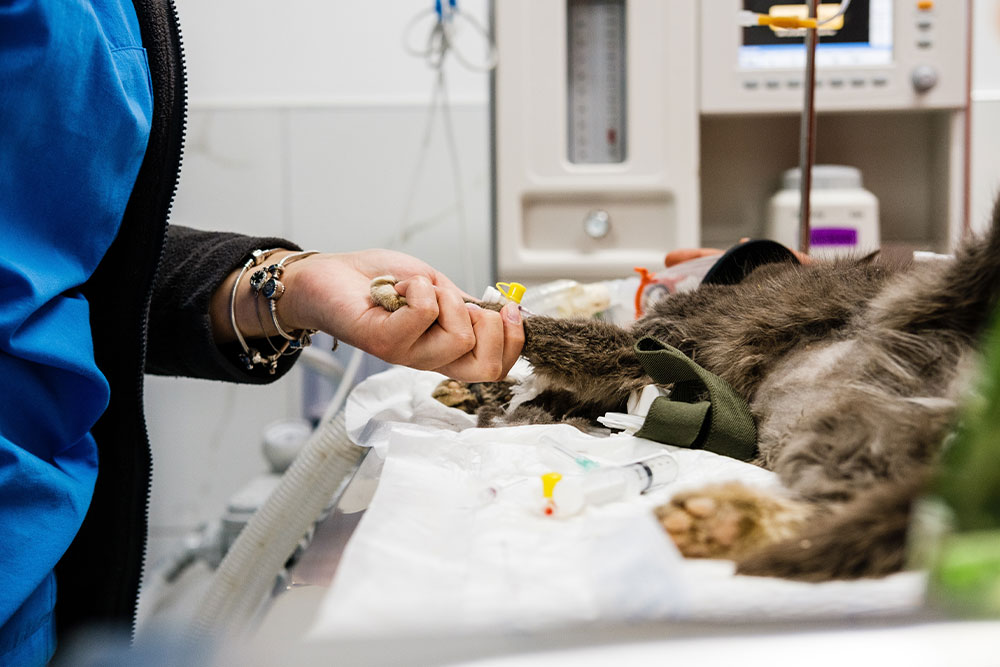
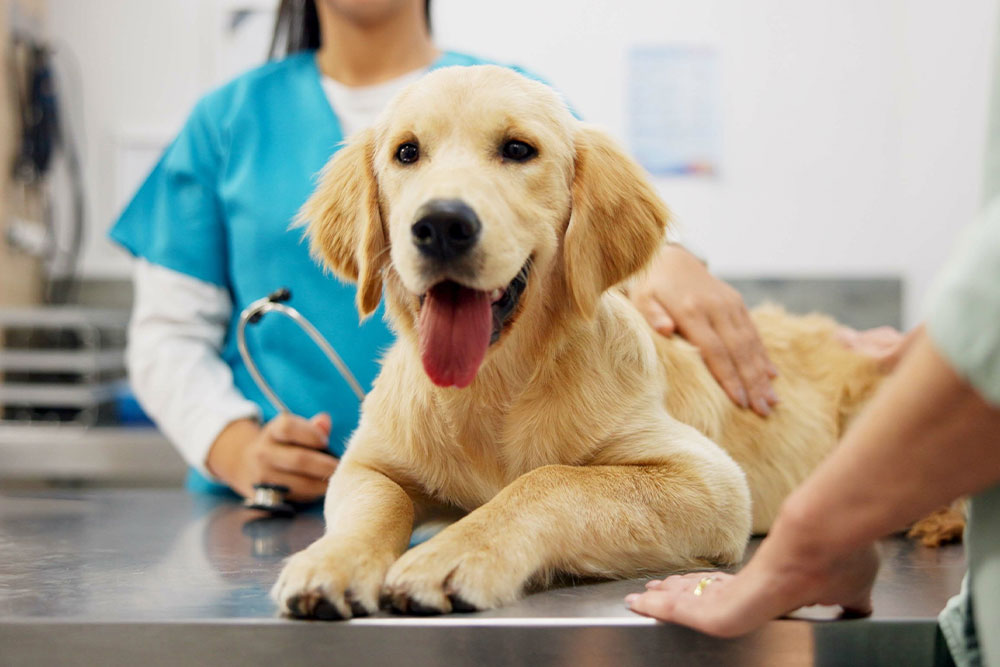
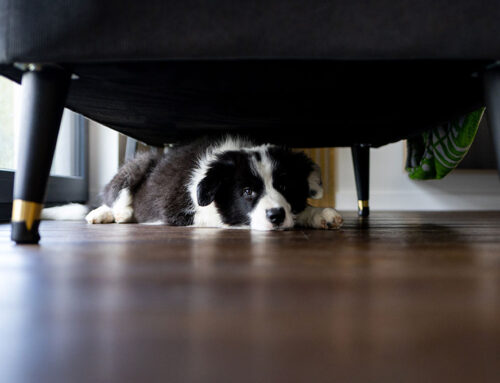
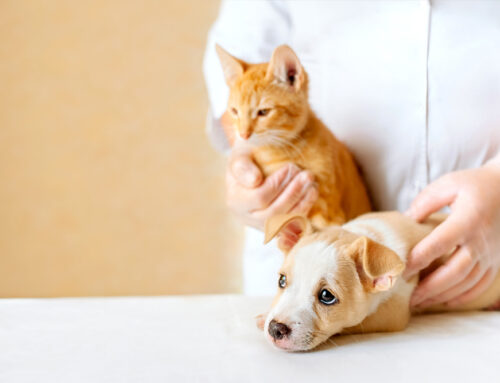
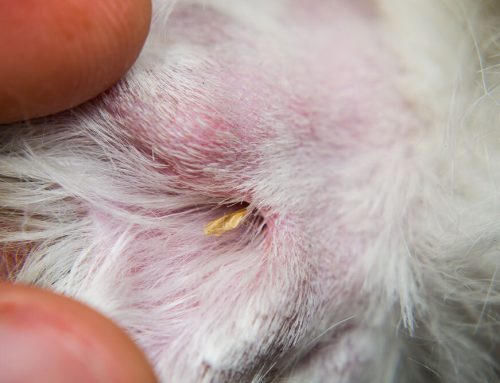

Leave A Comment